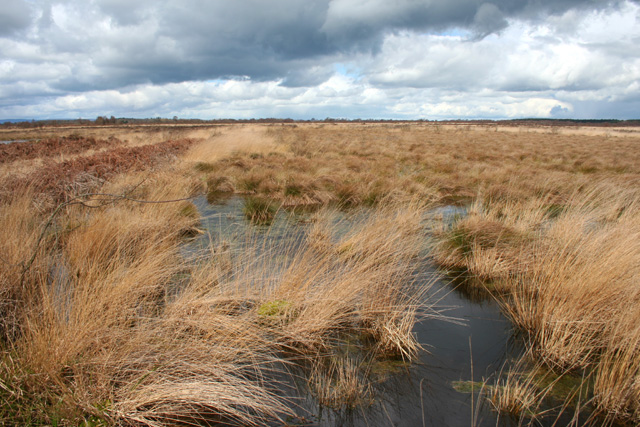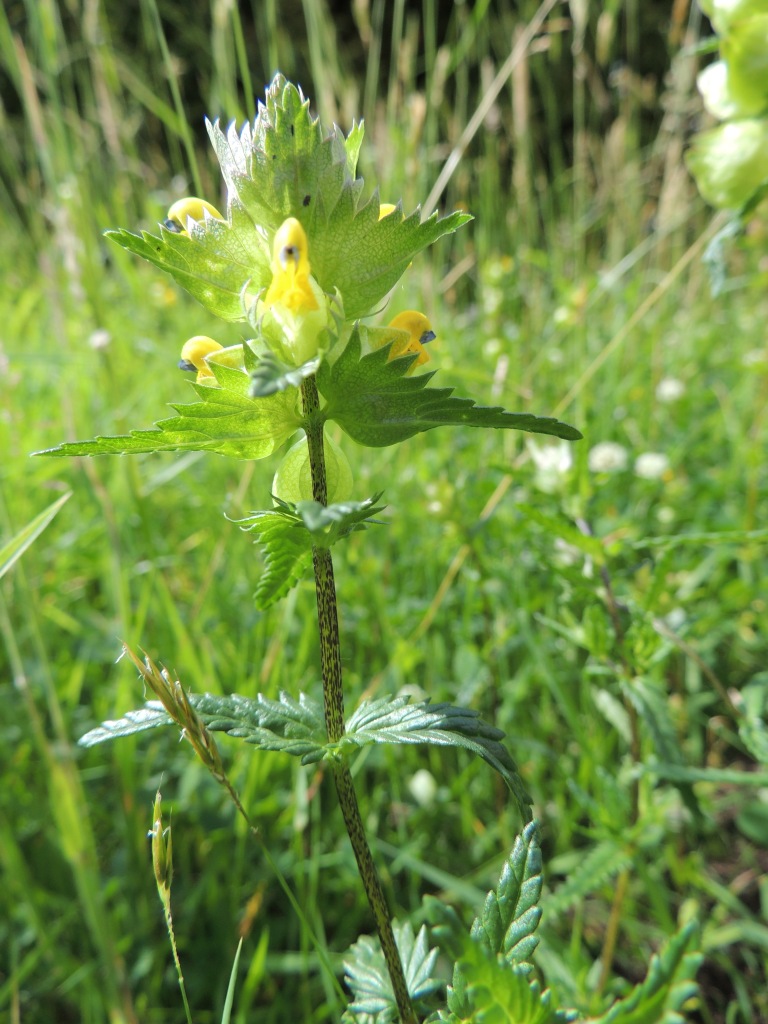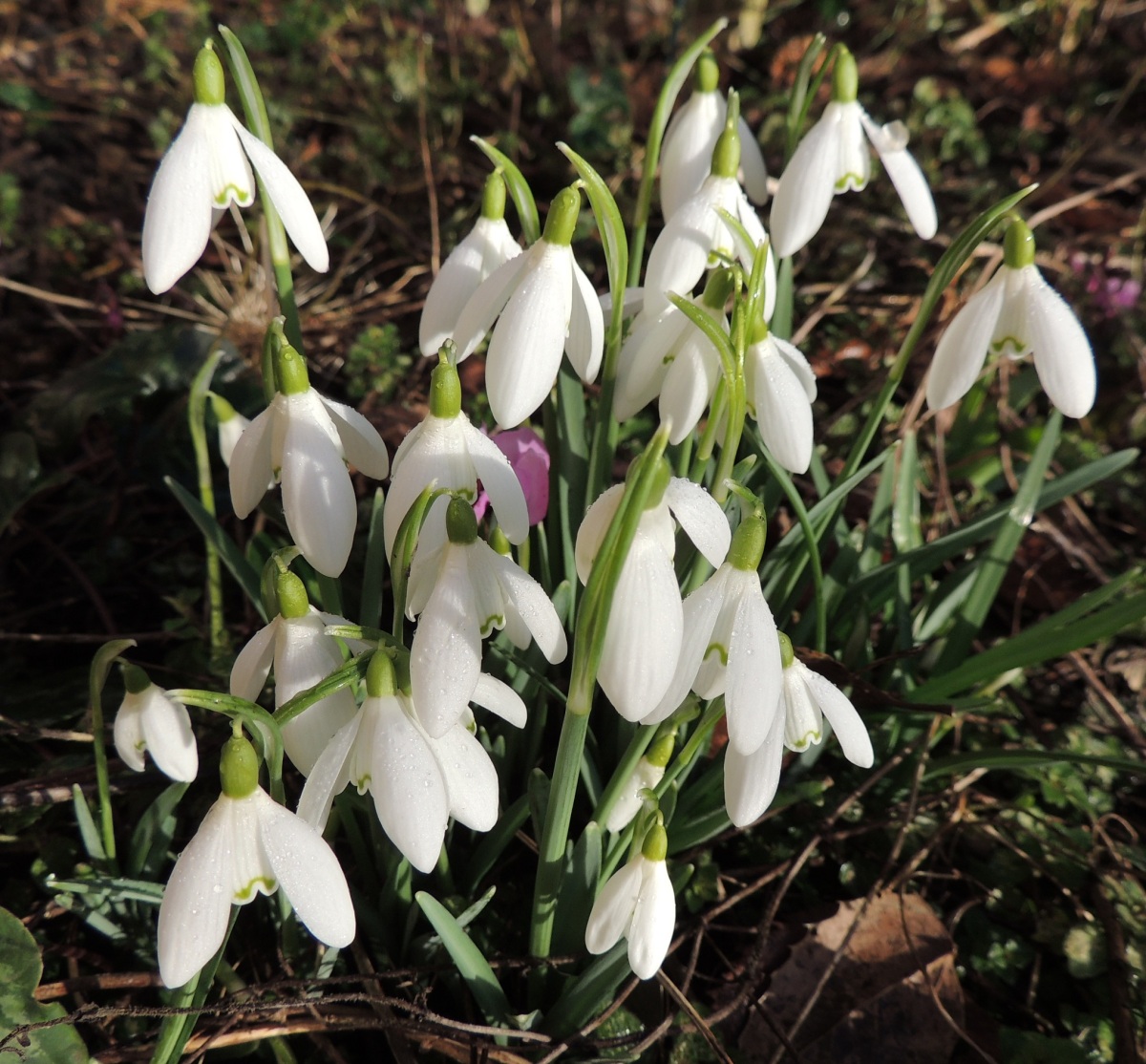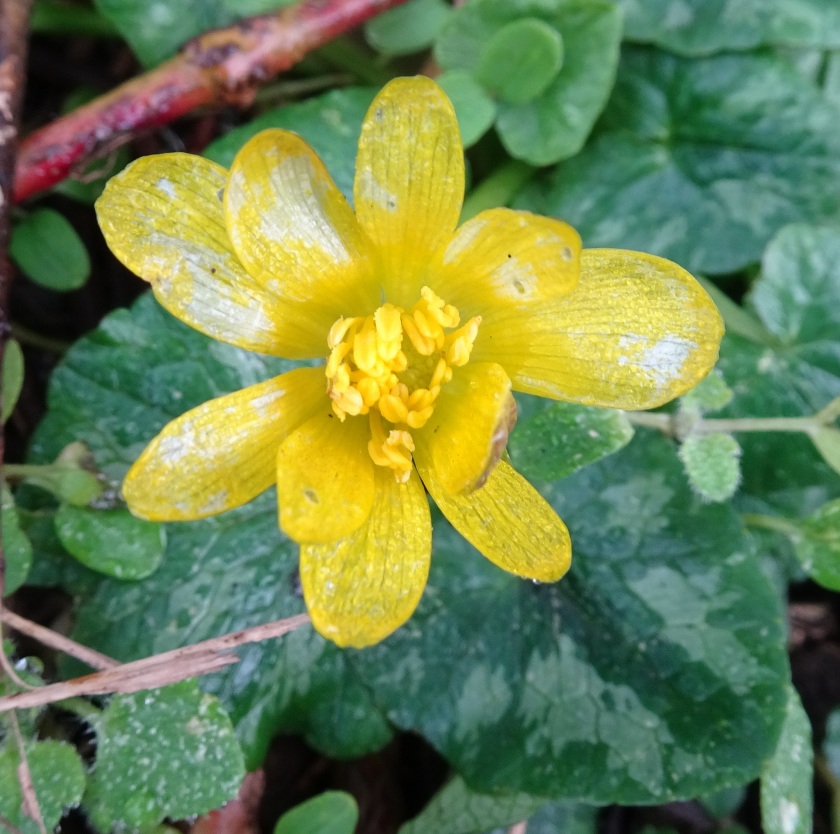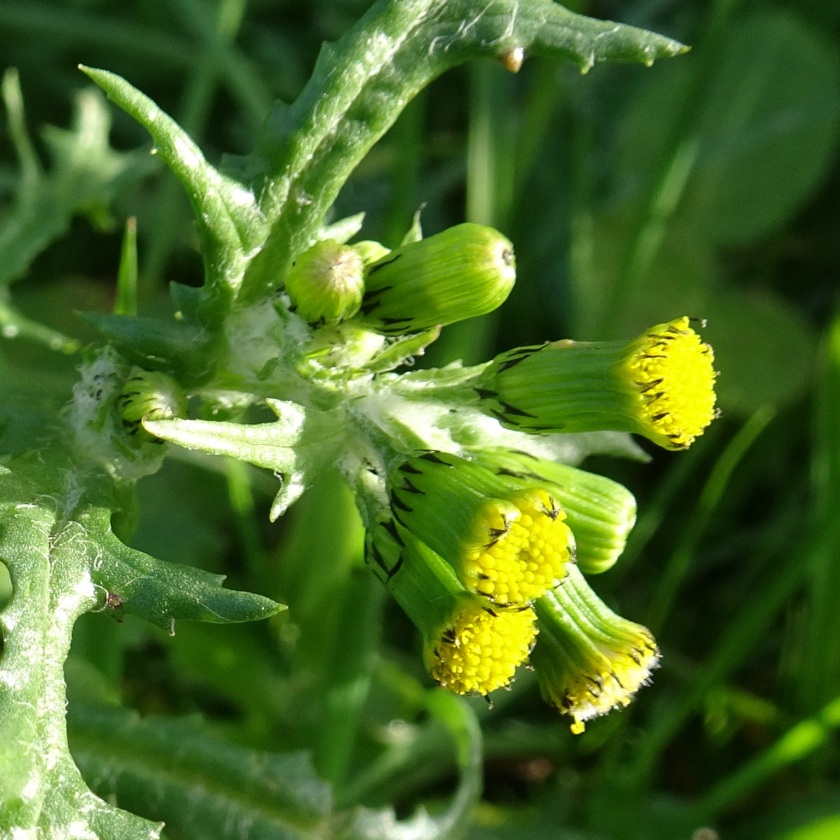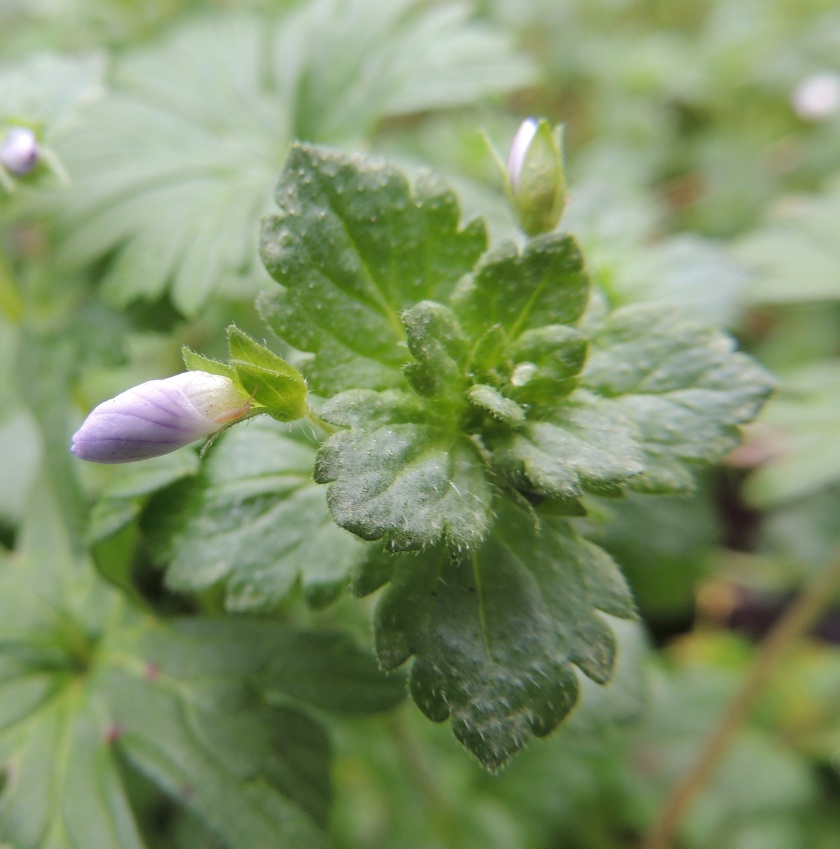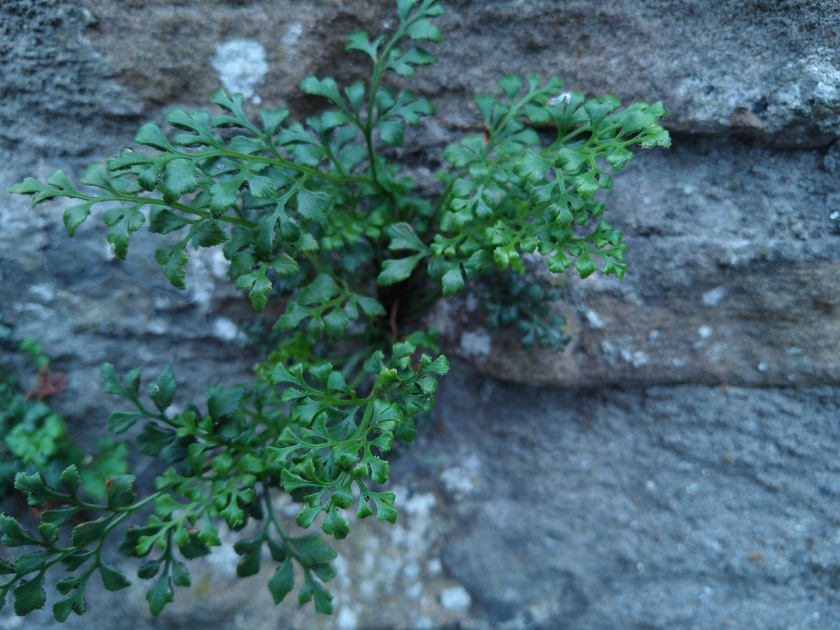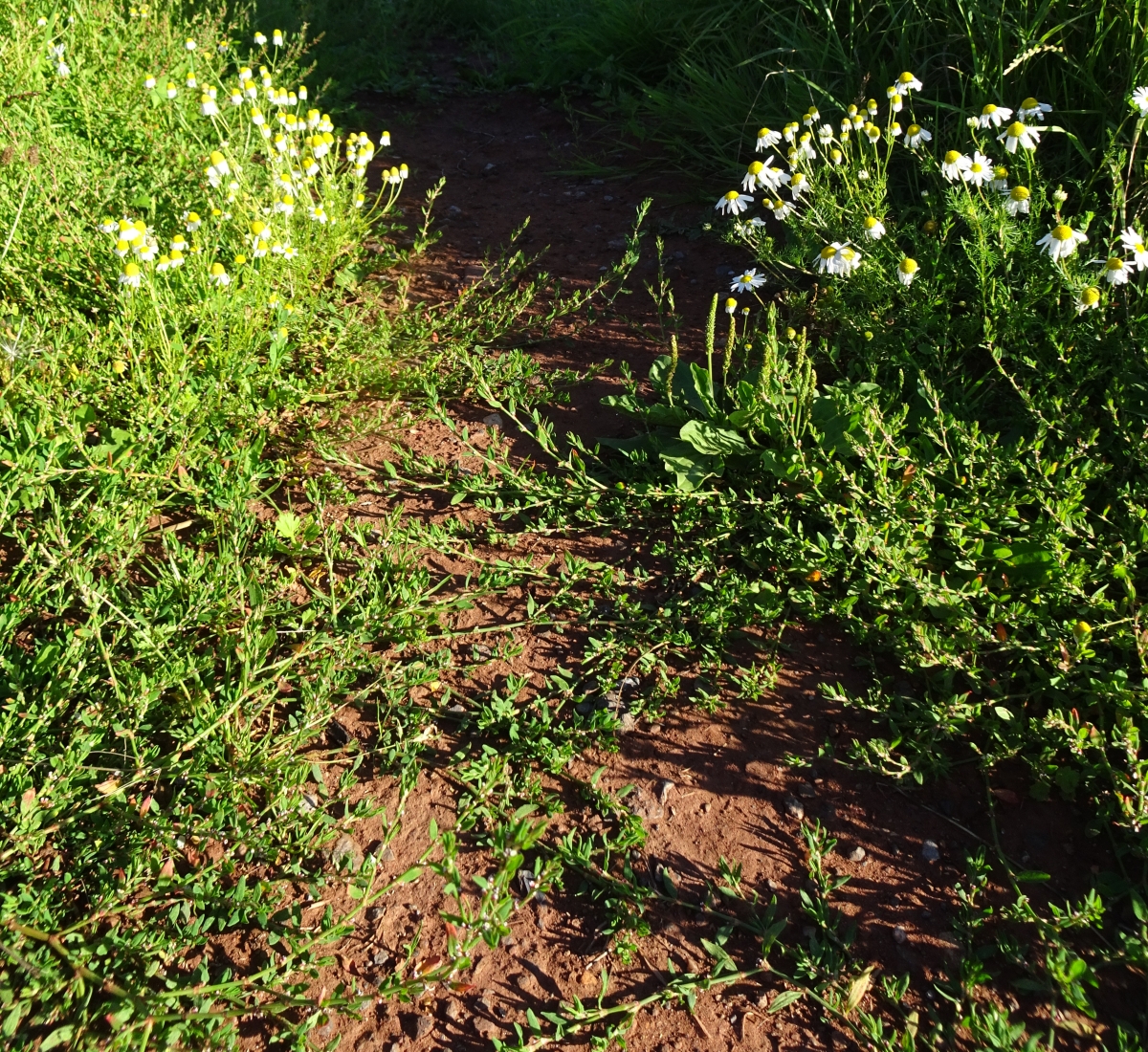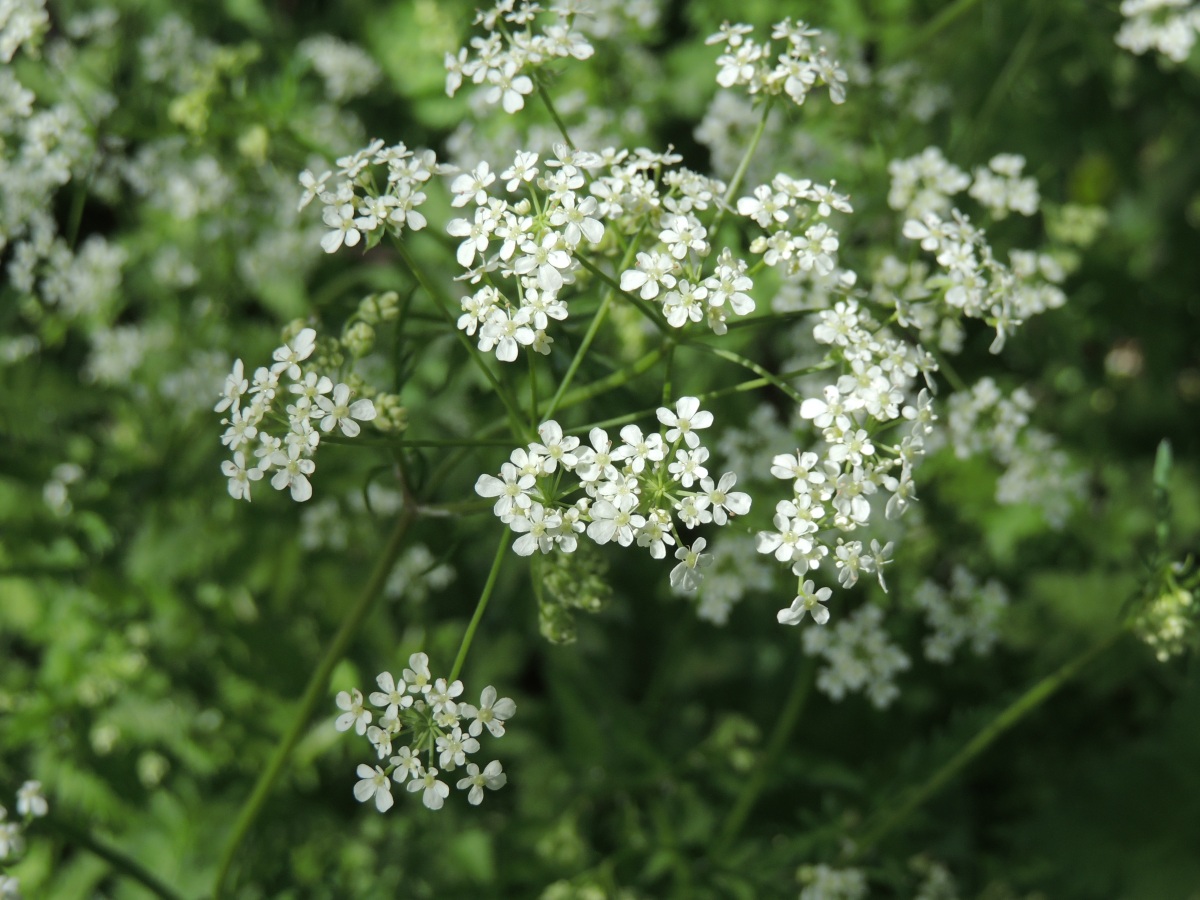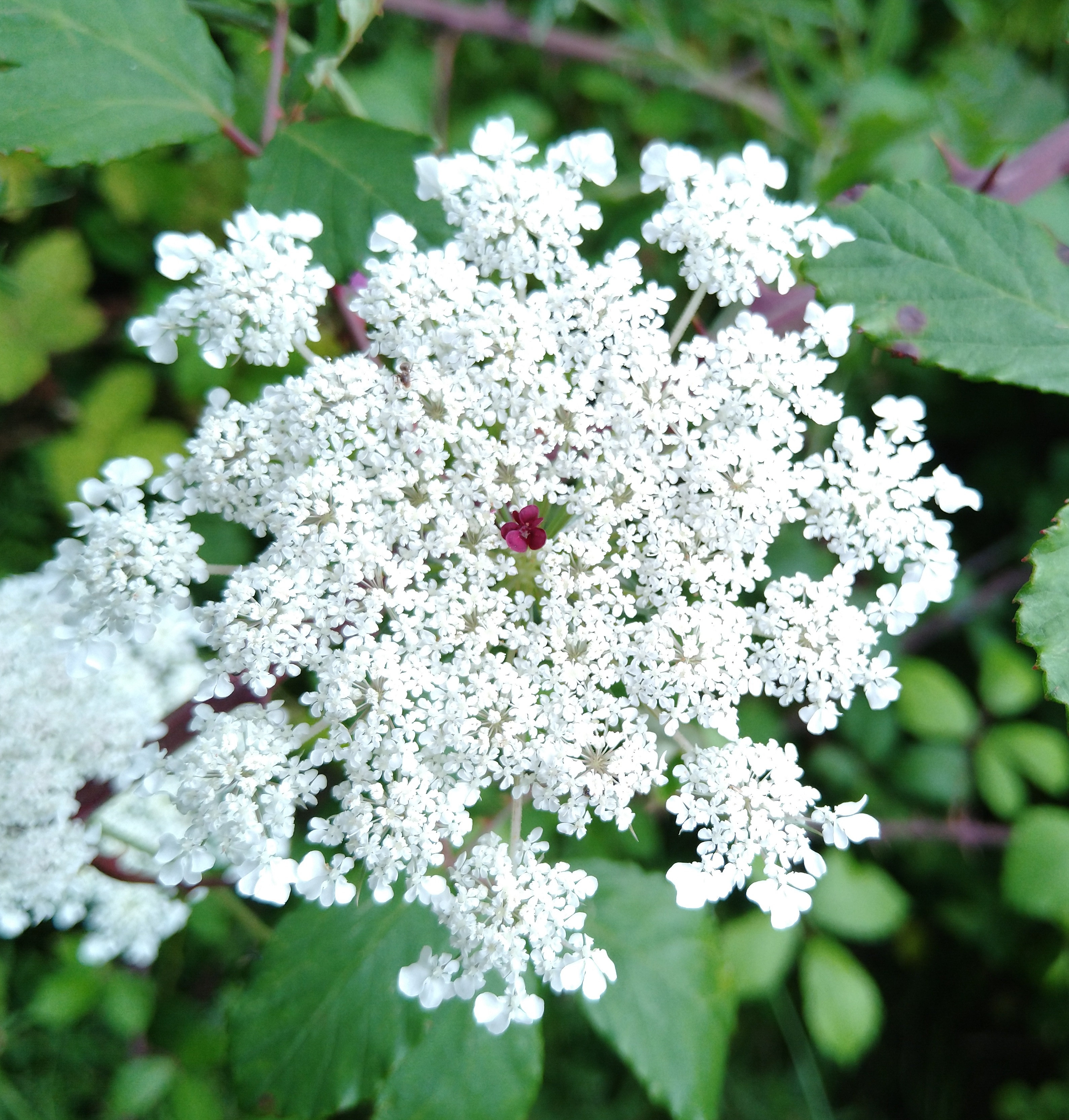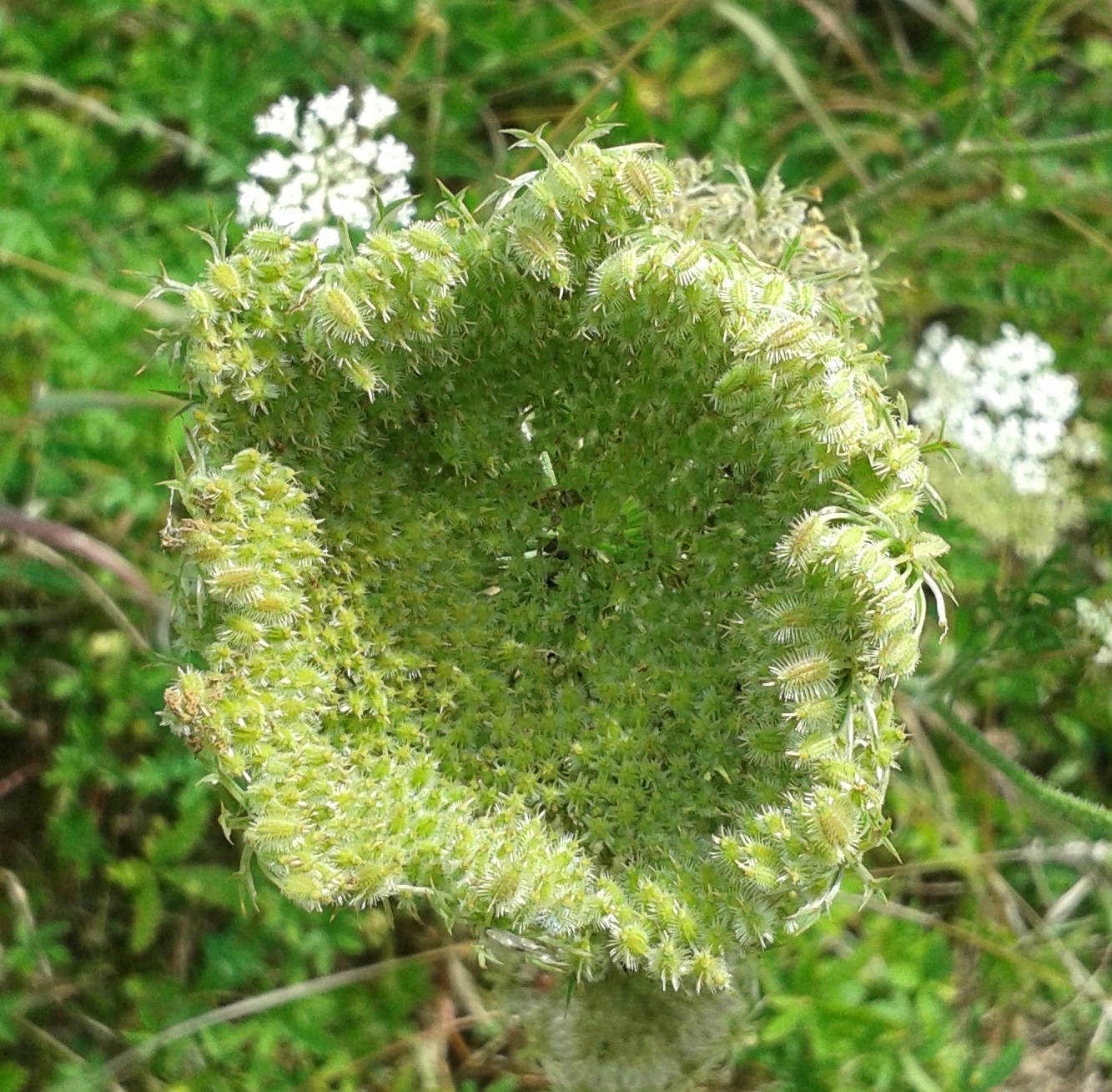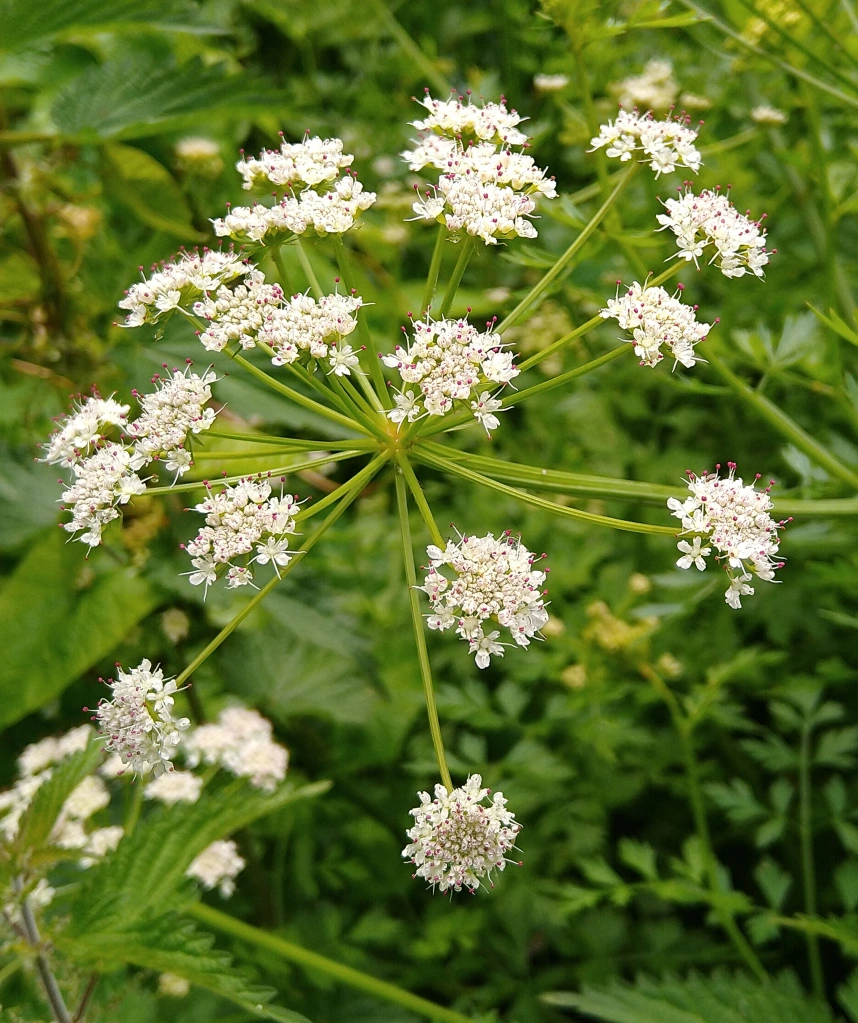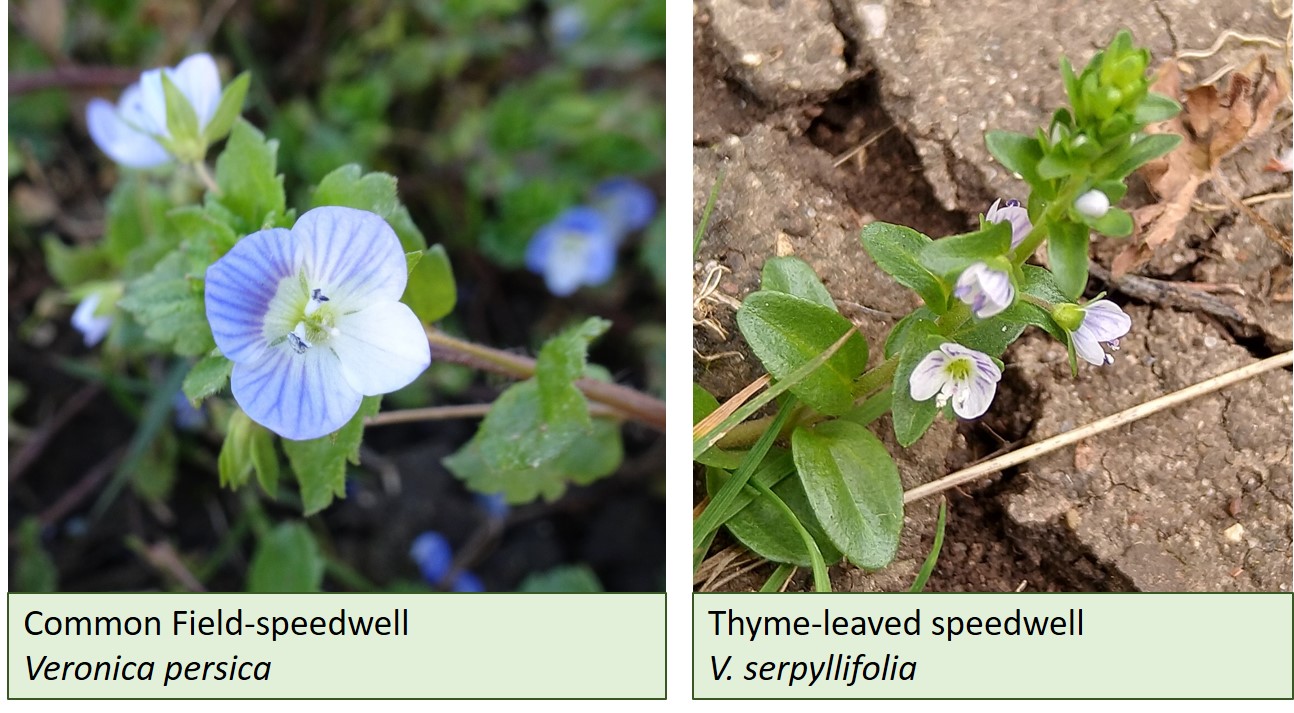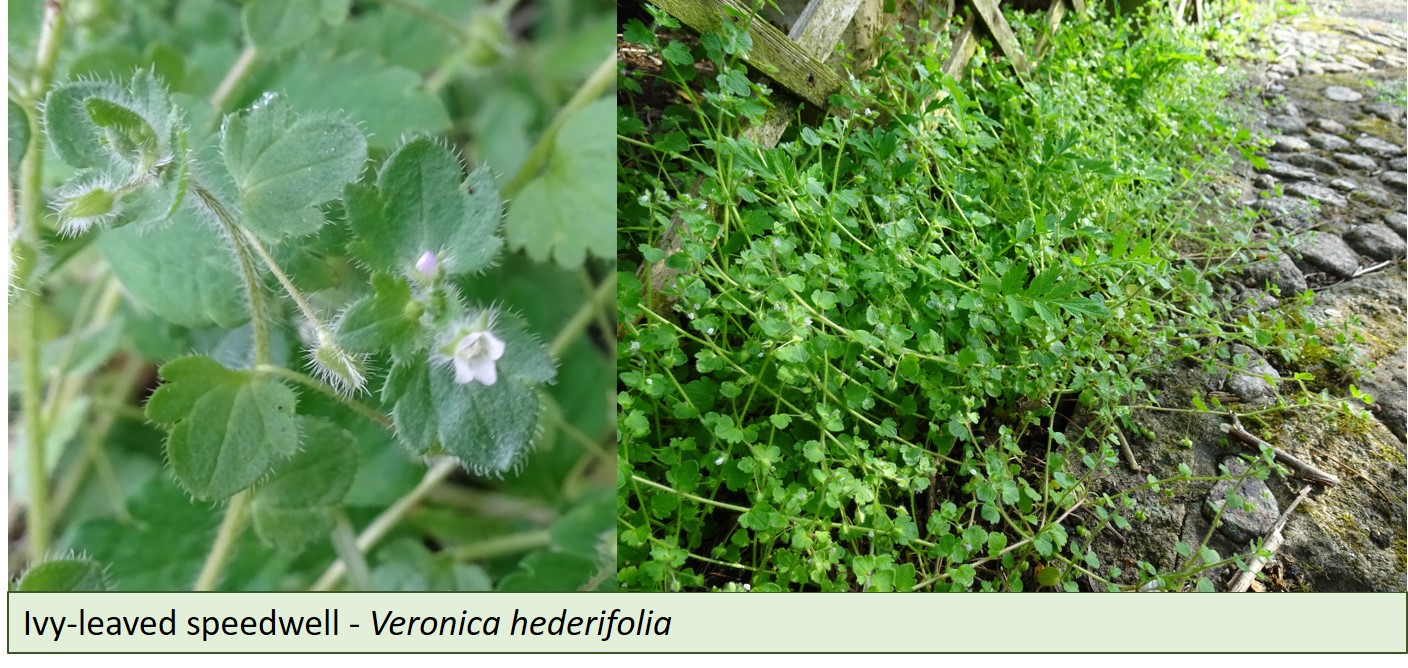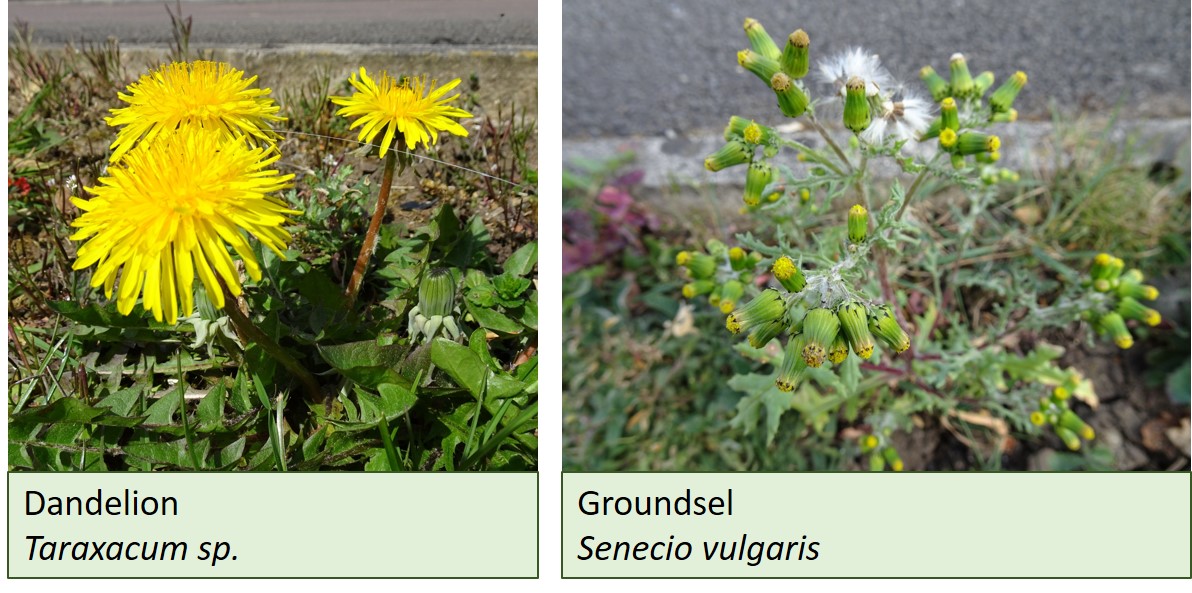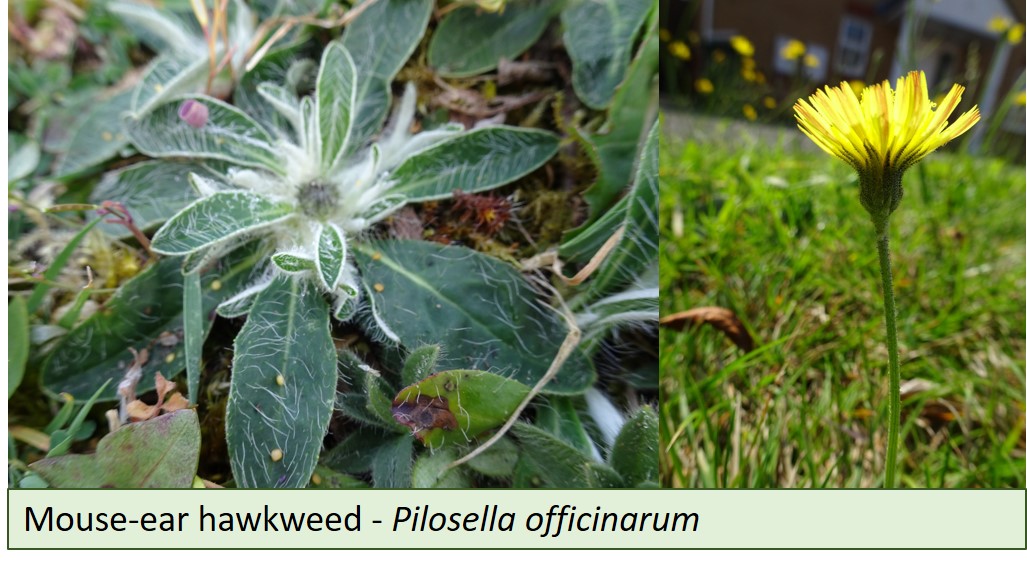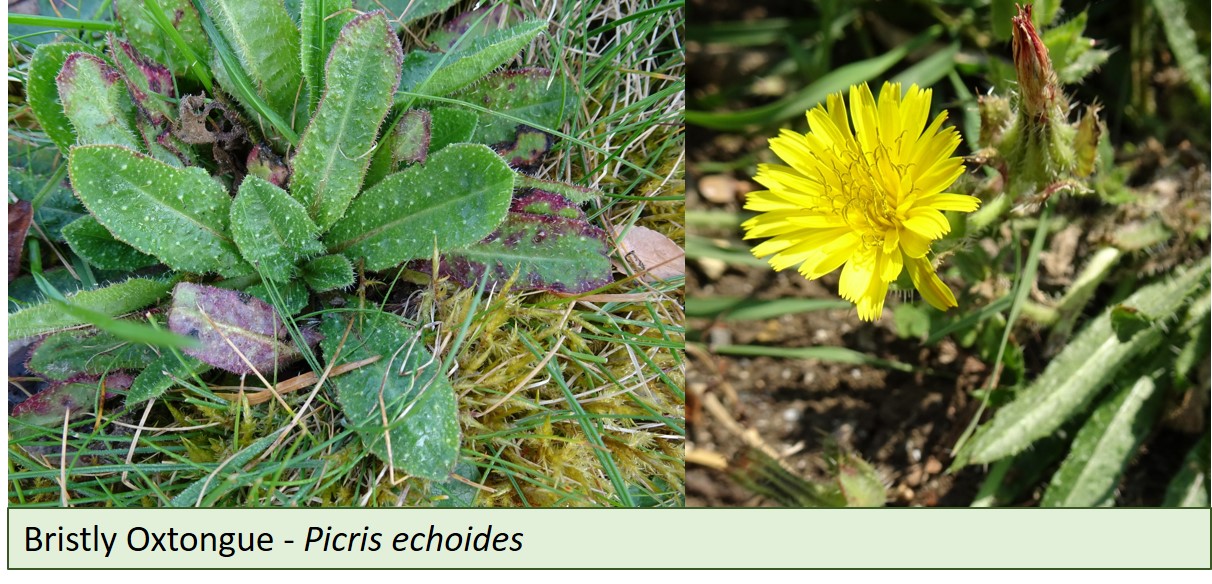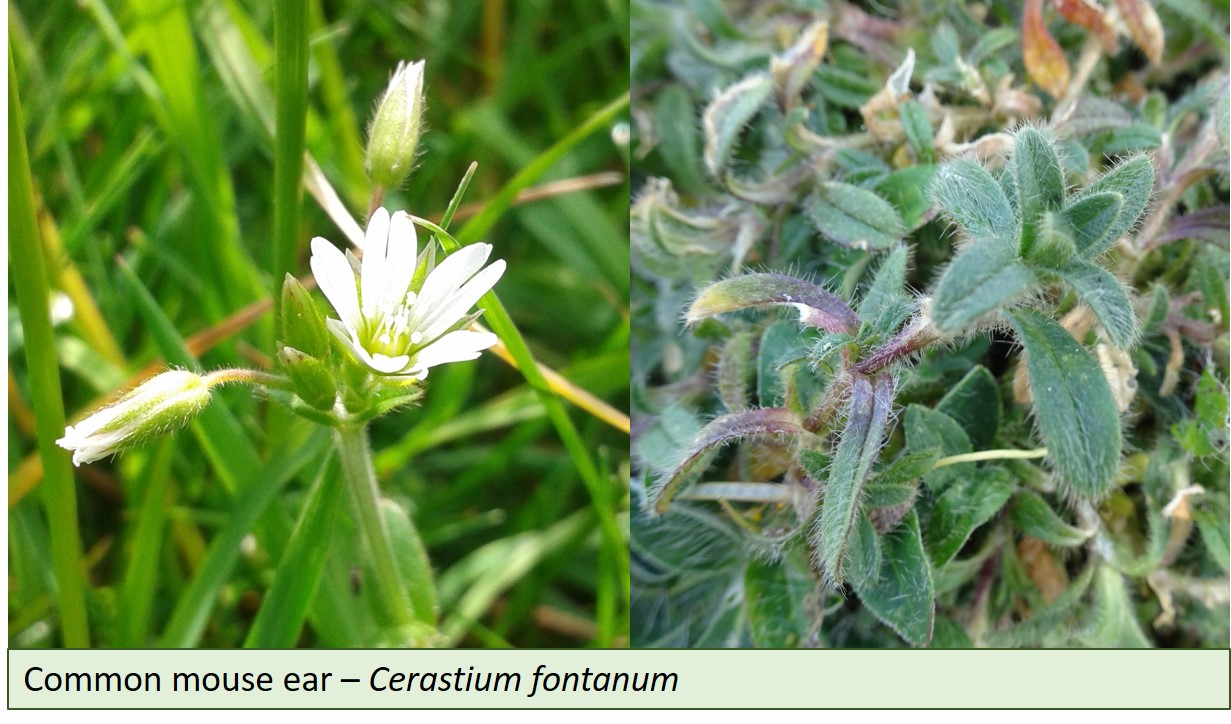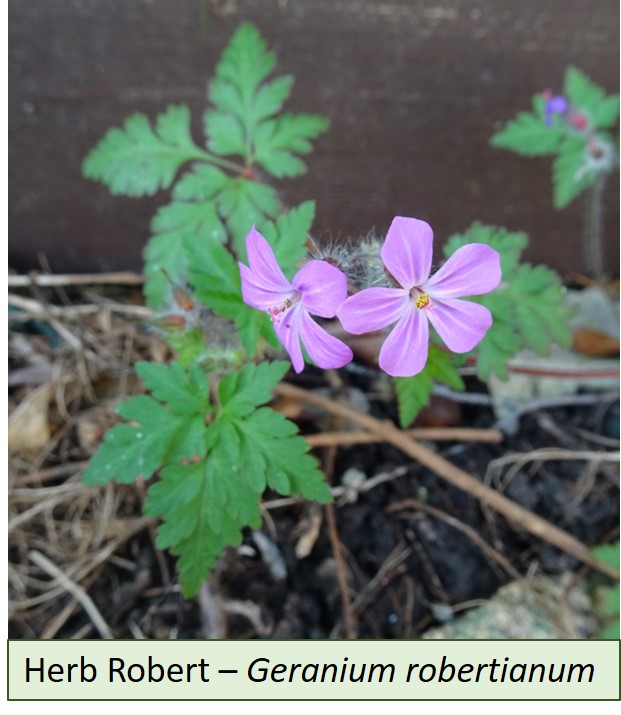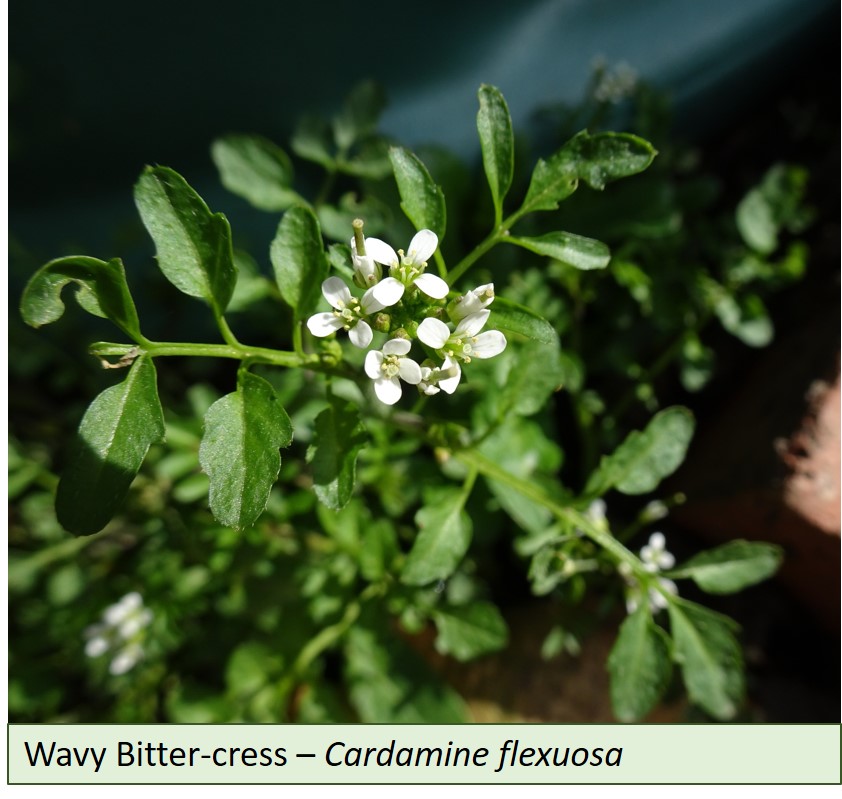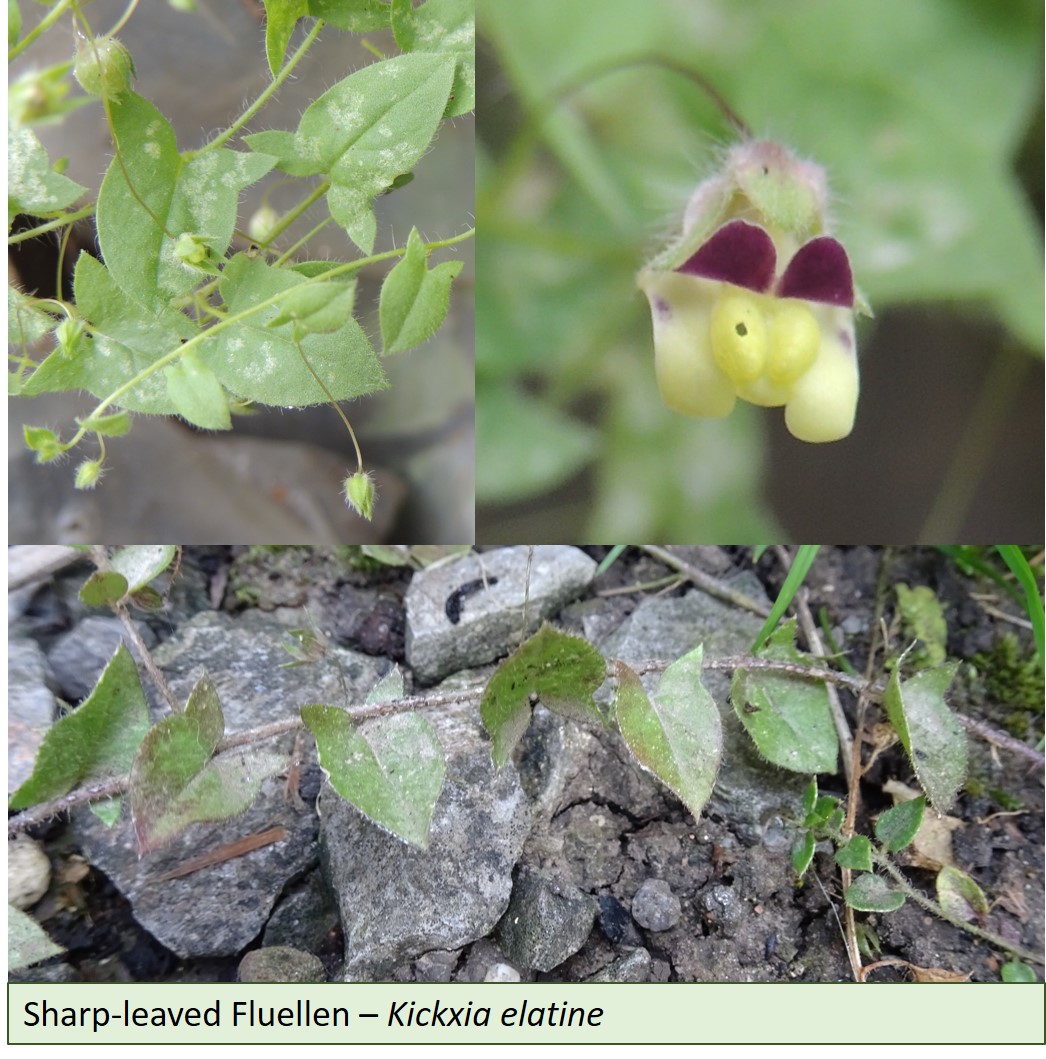Back in 2009, I spent a week at the Field Studies Centre in Preston Montford, attending a course for my OU degree. There was a lot to learn, each 12-hour day packed with activities vital to the budding environmental scientist. One day was all about soils. After a crash course in the use of soil sampling tools – long, corkscrew-like augers and broad metal pots called ‘dollies’ that were hammered into the ground – we were driven into the wilds of Shropshire and flung out of the minibus at random intervals, with instructions to grab a sample and be back in fifteen minutes or we wouldn’t have time to do the lab analysis. It was all quite intense.
Around midday, after bumping over a bridge so steeply curved it nearly grounded the bus, we were led up a narrow path, past a belt of trees, and came out into one of the most wildly beautiful places I had ever seen; Whixall Moss.

It wasn’t beautiful in the conventional way. That same day, we had already visited much prettier places. Whixall Moss wouldn’t feature on a holiday postcard, like the picturesque stream at Carding Mill Valley. Nor would it inspire a sweeping landscape painting like the great winding swell of the Long Mynd escarpment. It was a bleak beauty; a flat expanse of brown grasses rattled and rustled in a ceaseless wind, which drove ripples across dark pools under grey, scudding clouds. This was a landscape that didn’t care if you liked it or not, and it filled me with awe.
Alas, there was no time to appreciate it further. We thwacked our dollies into the earth and extracted discs of damp, dark-chocolate soil. Then it was back on the bus – in my case with several regretful glances back over my shoulder.
Those dark discs were a very special substance; peat.
Peat formation
Whixall Moss is a raised peat bog. The word ‘bog’ sadly has rather negative connotations. It suggests stagnant, stinking waters, and conjures up images of dangerous marshes that can suck in unwary travellers, or harbour some kind of swamp monster – a narrative that goes back at least a thousand years to Beowulf. But to a naturalist, bogs are marvellous places. Indeed Whixall Moss is a Site of Special Scientific Interest (SSSI), thanks to its distinctive ecology.
Raised bogs form when a wet hollow becomes filled with vegetation, notably sphagnum mosses. These act like a sponge, absorbing and retaining rainwater to create an area that remains wet even if it is not connected to any waterways. Over time, the moss slowly dies and more grows on top until it is above the level of surrounding land – hence ‘raised’ bog. This is a very slow process, with the bog growing by about 1mm each year. A mature bog can take centuries to develop. Meanwhile, in the dark, waterlogged conditions under the surface, the decomposing vegetation is slowly turning into the fibrous, dark soil that we recognise as peat.
Plants of peat
These ‘bogy and such like moorish places’, as described by John Gerard in his 1597 Herball, are a challenging habitat – low in nutrients, permanently wet and highly acidic. It is not surprising that many bog plants are specialists, as extraordinary as their environment.
Sphagnum moss; the ‘bog builder’
The Sphagnum family includes many species of bog-forming mosses, which can form a carpet of many colours.

As well as acting like a sponge by absorbing many times its own weight in water, sphagnum makes that water slightly acidic. This means that moss is both absorbent and antiseptic – qualities that have made it a natural wound dressing, used as recently as the First World War. This is doubtless the inspiration for the ‘bloodmoss’ described by Philip Pullman in his Dark Materials trilogy.
Common cotton-grass (Eriophorum angustifolium)
Gerard’s insouciance in classifying this plant shows he is a man after my Bad Botanist’s heart. ‘This strange Cotton-Grasse doth rather resemble grasse than rushes, and may indifferently be taken for either, for that it doth participate of both.’ Much as I would like to be indifferent, I have a responsibility to be accurate, so am duty bound to say it is neither a grass nor a rush, but is in fact a sedge. I can’t improve on Gerard’s description of the stems though, ‘bearing at the top a bush or tuft of the most pleasant downe or cotton, like unto the most fine white silke’. A mass of cotton-grass stalks dancing in the breeze is a charming sight.

Cotton-grass can survive in waterlogged soil because it can snorkel! It has air canals in its roots which suck down air from the stems above ground. It copes with low nutrients due to its excellent recycling abilities; when it dies down in winter, the nutrients in the tissues are drawn down into underground bulbs and used again next spring.
Round-leaved Sundew (Drosera rotundifolia)

Sundew deals with the low nutrients of peat soil by catching its own food. Delicate hairs on its leaves exude a sticky, sugary ‘dew’ which both attracts and traps insects. The leaf slowly rolls up to enclose its prey, and then secretes enzymes to digest it.
Sundew has been used in folk remedies as a skin treatment and as a cough cure, and has been found to have antimicrobial properties.
Bog asphodel – Narthecium ossifragum

The yellow stars of bog asphodel are almost too bright for their tawny-brown surroundings. The species name ossifragum means ‘bone-breaker’ – it was thought to make sheep’s bones brittle if they grazed on it, but the more likely culprit is that the wet soils in which the plant grows tend to lack calcium. Like cotton-grass, it recycles nutrients into underground bulbs.
Peat bogs and climate change
Peat isn’t just a wonderful habitat. The slow build-up of organic matter stores carbon, and in the wet, anaerobic conditions (i.e. with no oxygen available), it remains in the ground rather than decaying and producing the greenhouse gas carbon dioxide. Systems that keep carbon locked up are known as ‘carbon sinks’, and in the UK, our largest sinks are peatlands, storing around 3.2 billion tonnes of carbon.
You’ll hear much more often about tree planting being a great planet-saving panacea, and indeed growing trees can suck in and sequester carbon at a faster rate. However they also release it, through respiration – at night they ‘breathe’ out carbon dioxide, just like us! – and leaf decay. Peat bogs, however, hold on to their carbon indefinitely. As long as they remain wet, they can store 10 times more carbon per hectare than any other ecosystem.
Unfortunately, land use change can convert peatland from a carbon sink to a carbon source. In some places, notably Ireland, cut and dried bricks of peat have traditionally been burned for heating and cooking – a form of fossil fuel. This is less common now, but worldwide, peatlands are being drained and dried, for agriculture or (ironically) tree planting. When they dry out, their carbon combines with oxygen in the air, forming carbon dioxide. The Wildlife Trusts estimate that degraded bogs in the UK alone are releasing about 23 million tonnes of carbon dioxide equivalent each year.
How does your garden grow?
Perhaps the most pernicious and tragic agents of peatland destruction are the people who you’d think would treasure it most; gardeners.
Peat is a perfect growing medium for plants and seeds. It holds on to water and nutrients while the light structure keeps soil aerated. Its use as compost developed in the 1960s, along with the rise of suburban gardening and the arrival of garden centres. Customers cheerfully took home sackfuls of the stuff for pots and as a soil improver. A colourful display of front-garden flowers may come at the price of the wholesale destruction of rare habitat and unique plants, as the waving, rattling grasses are bulldozed away into a hellish ruin to harvest the profitable black gold. It is ecocide on a sickening scale, all to pander to the wishes of people who claim to love plants.



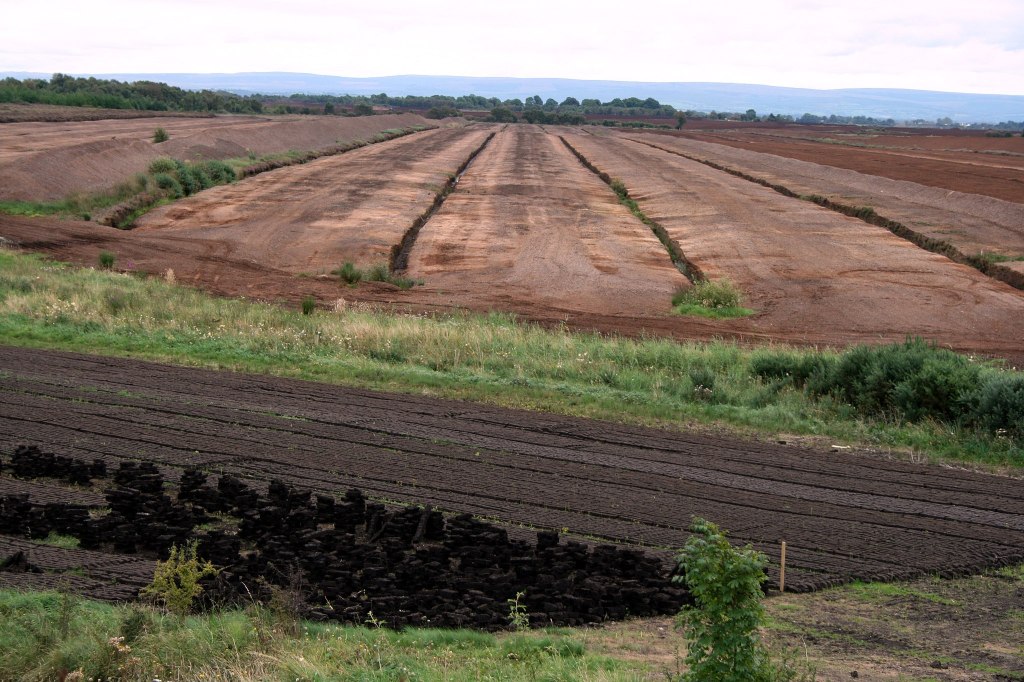
This is a habitat, remember, that takes centuries to recover. According to the Wildlife Trusts, over the last 100 years, peat cutting, drainage and afforestation has resulted in the loss of 94% of raised bog in Britain and 99% in Ireland – and 2.1 million cubic metres are still being extracted for horticultural use every year.
The damage caused by peat harvesting has been recognised since the 1970s, and wildlife charities have been calling for a ban on peat products since then. Yet peat sales have continued throughout, the public largely ignorant and governments largely uncaring about the wholesale destruction caused by the nation’s gardeners. I got my first garden in 1997 and have never bought peat compost, but then I was a member of several wildlife charities long before that, and had been horrified by images of black wounds gouged across golden grasslands in their magazines. Such images were rarely shown in the popular press. The destruction is as terrible as deforestation in the Amazon, but it never got the same headlines.
In 2011, in a half-hearted attempt to address the issue, the government set a target for all compost sold to the public to be peat-free by 2020. The main flaw in this plan was that the target was voluntary. Not surprisingly, no major retailers met the target. This shameful lack of action is being called out by wildlife and environment charities. In June this year, 27 charities wrote to those retailers that were still failing to take action, asking them to put their money where their greenwashed mouths were.
What can I do?
If you’re a gardener – DON’T buy peat-based compost. There is no excuse. Alternatives are now readily available, and have improved a lot over the years. if you can’t see one, ask.
If you can, don’t buy plants raised in peat, either. This is much harder to do, but a list of peat-free nurseries is available – and if you’re feeling brave, ask your garden centre if they are sourcing peat-free plants.
You can also sign the Wildlife Trust’s petition calling for an immediate ban on peat compost.
Finally – if you can, visit a wetland and experience its wild beauty for yourself. I can’t find a specific listing for bogs and moorlands – please let me know if you find one! – but you could start with the Wildlife Trust nature reserve list – try putting ‘bog’, ‘moss’, or ‘moor’ in the keyword search.
That whistle-stop minibus tour left its mark on me. Two years after rushing off with my little disc of peat, I booked a week’s holiday in Shropshire, and returned, with my husband, to Whixall Moss. We spent a day there, giving it the hours of appreciation it deserved, surrounded by the rustling grasses and the endless, roiling sky.
Peat resources
Information about peat bogs:
- https://www.wildlifetrusts.org/habitats/wetlands/raised-bog
- http://www.ipcc.ie/discover-and-learn/resources/bog-plant-book/
- http://www.shropshiresgreatoutdoors.co.uk/site/fenns-whixall-and-bettisfield-mosses-nnr/
Information about peat degradation and the climate:
- https://www.forpeatssake.org.uk/issue
- https://friendsoftheearth.uk/climate/why-peat-good-climate-and-nature-guide
- https://www.wildlifetrusts.org/ban-sale-peat (Includes quiz!)
- Natural England Research Report NERR094 – Carbon storage and sequestration by habitat: a review of the evidence (second edition), 20th April 2021 – available from http://publications.naturalengland.org.uk/publication/5419124441481216
- re-peat is a youth-led collective looking to re-educate the world about peatlands – see their website or find them on Twitter, and watch this lovely TED talk by Ireen van Dolderen.
Photographs
All available from Wikimedia Commons, apart from Common Cotton-grass which is my own.
- Bog grass and Water, Whixall Moss and Lake on Whixall Moss – both by Espresso Addict ,CC BY-SA 2.0
- Sphagnum moss by Anton Papić, CC BY 3.0
- Drosera rotundifolia, Round-leaved Sundew by Sarkan47, CC BY-SA 4.0
- Narthecium ossifragum, Bog Asphodel by gailhampshire from Cradley, Malvern, U.K, CC BY 2.0
- Peat harvester at Ryeflat Moss by James T M Towill, CC BY-SA 2.0
- Peat extraction Co Donegal by Jonathan Billinger, CC BY-SA 2.0
- Peat harvesting from Carnwath Moss by M J Richardson, CC BY-SA 2.0
- Industrial peat harvesting in the Bog of Allen by Sarah777, public domain

